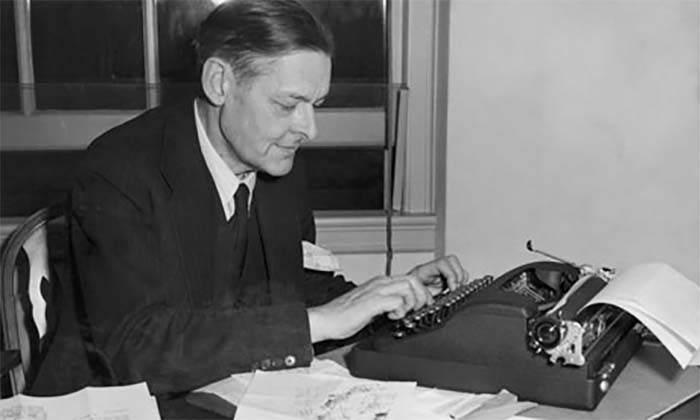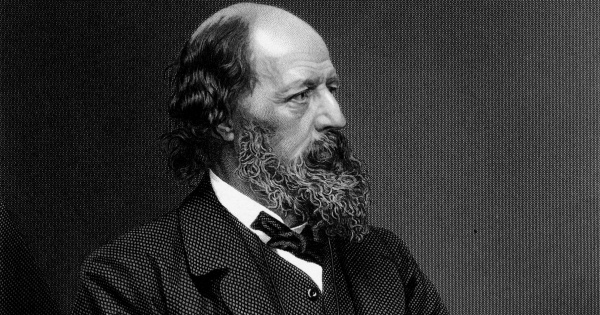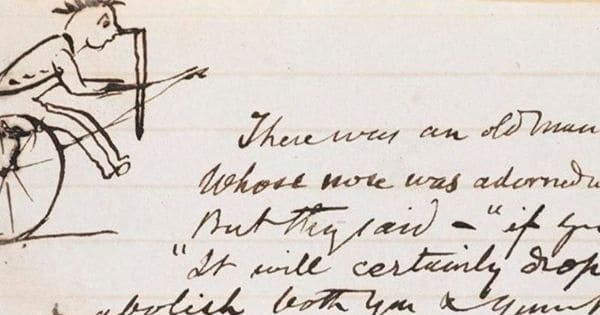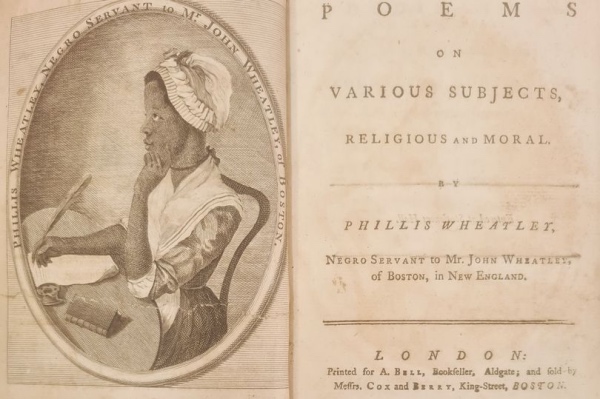A letter written by TS Eliot in 1960 has been released which sheds light on a 26-year correspondence the poet had with a woman who was not his wife.
In the letter, Eliot explains how he had fallen in love with Emily Hale in 1912 but then realised 35 years later that his fickle heart did not actually yearn for her.
While he was married to his first wife, Vivienne Haigh-Wood, Eliot wrote hundreds of letters to the drama teacher Emily Hale. Unfortunately Eliot’s marriage to Haigh-Wood was not a happy one and the poor woman died in an asylum.
The letters sent to Hale were unsealed this week at Princeton University, prompting the publication of Eliot’s letter, as he had said it should only be released when the other letters were made public.

The collection of 1,131 had been kept in sealed boxes at Princeton for over 60 years after Hale donated them in 1956. Hale made the university’s library promise the boxes were not opened until 50 years after their deaths.
Hale died in 1969, four years after Eliot’s demise in 1965 at the age of 76.
The pair had first met in Cambridge, Massachusetts, when Eliot attended Harvard. The letters, which date from between 1930 and 1956, reveal intimate details about their relationship and some great insights into his creative life.
Eliot in fact had not wanted the letters to be published and ordered the letters he had received from Hale to be destroyed.
A fascinating letter released on Thursday by his executors shows Eliot explaining how Hale “would have killed the poet in him” had they actually married.
“In retrospect, the nightmare agony of my 17 years with Vivienne seems to me preferable to the dull misery of the mediocre teacher of philosophy which would have been the alternative,” he wrote.
His marriage to Vivienne inspired one of his most famous poems, The Waste Land.
“From 1947 on, I realised more and more how little Emily Hale and I had in common,” accusing her of “insensitiveness and bad taste”.”I came to see that my love for Emily was the love of a ghost for a ghost, and that the letters I had been writing to her were the letters of an hallucinated man.”
Matthew Hollis, Faber’s poetry editor, thinks the letter shows Eliot’s true feelings about the letters being published.
“I thought it was a letter by a man in pain, who was hurting and clearly felt that his privacy had been invaded and he seems angry at the invasion .. and his reaction is sharp edged and cutting,” he told the BBC.

Birmingham Poet, Benjamin Zephaniah dies, aged 65





